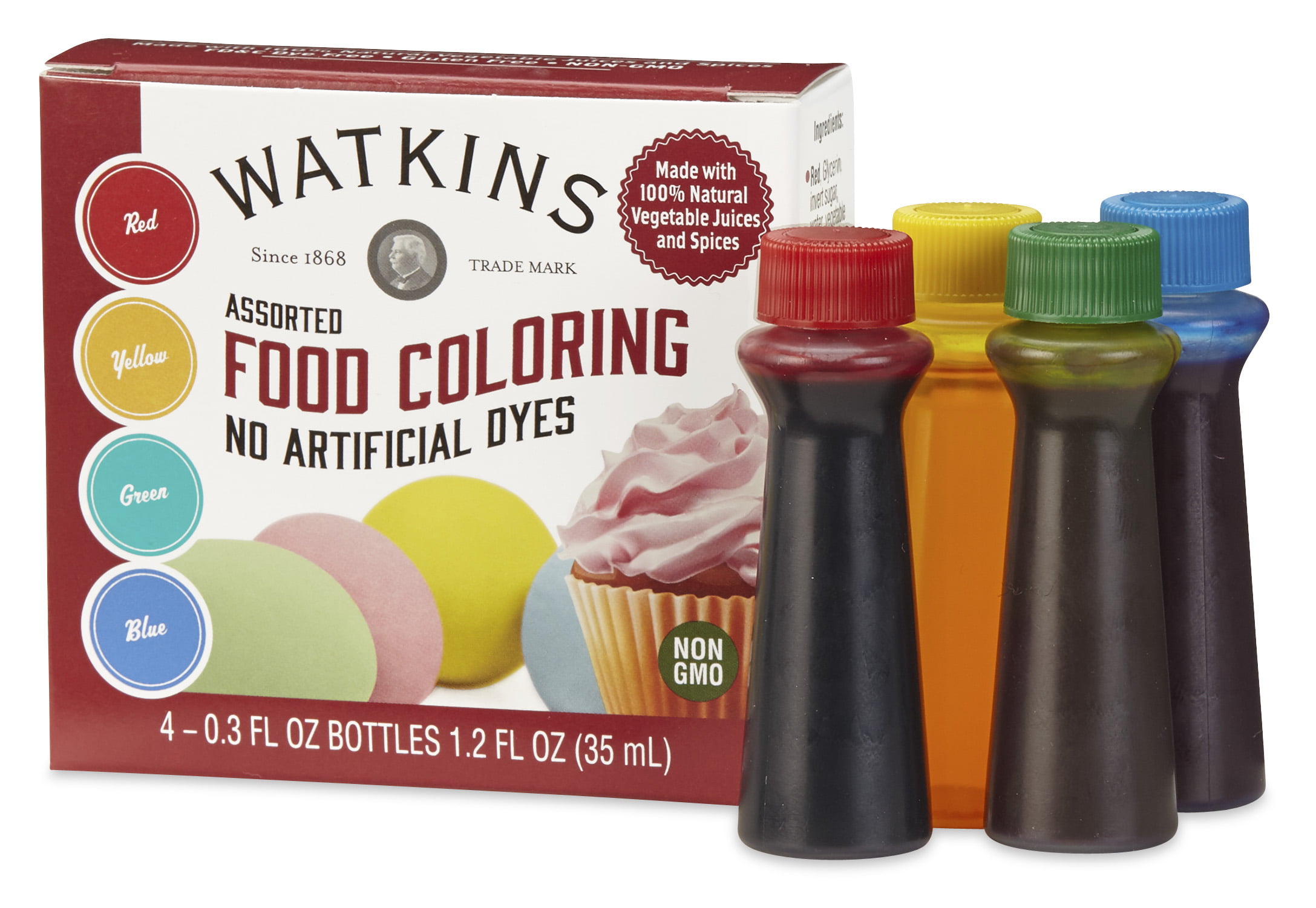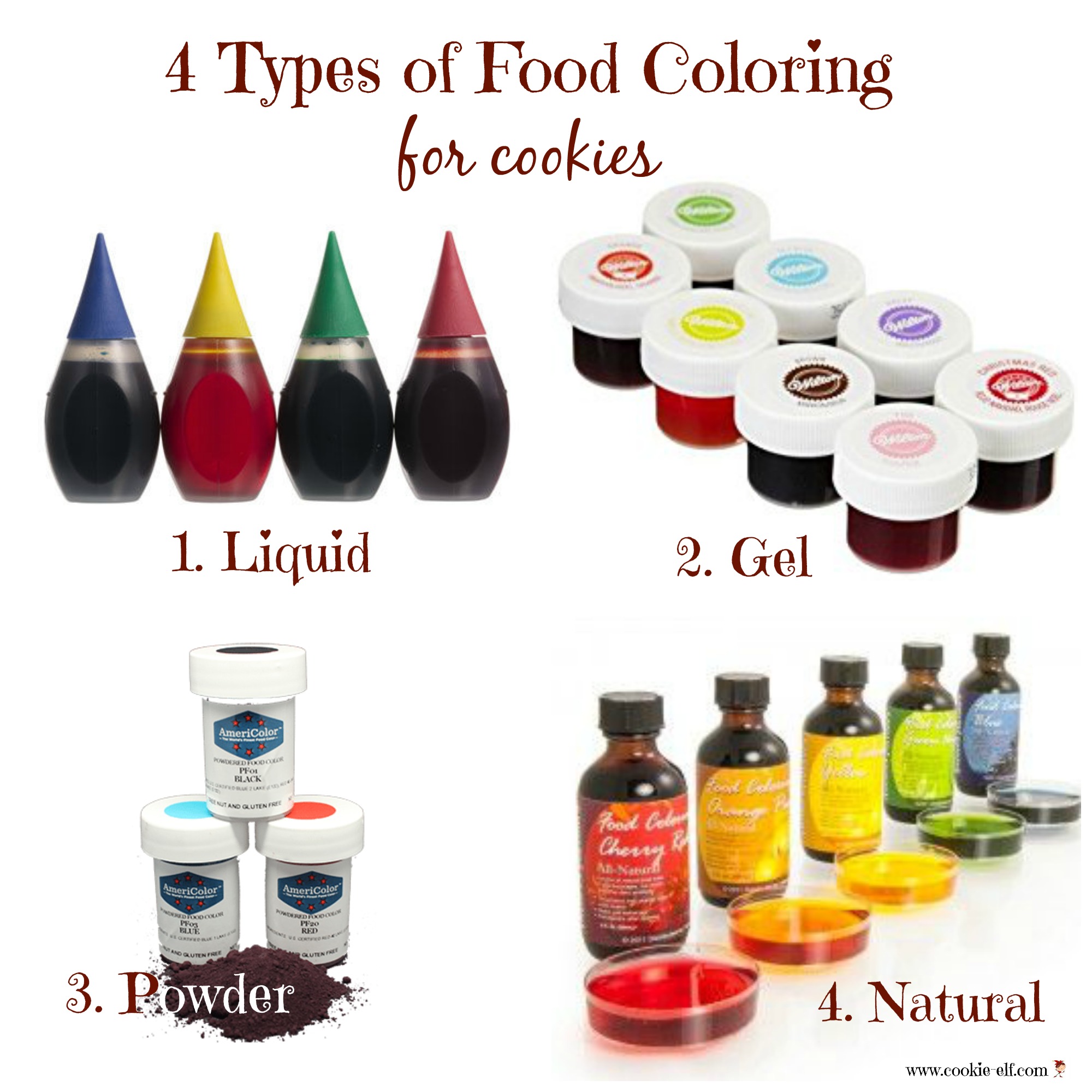Food coloring dyes, an indispensable part of the food industry, transform culinary creations and cosmetics into vibrant masterpieces. From tantalizing treats to alluring cosmetics, these dyes add a touch of magic, enhancing visual appeal and creating memorable experiences.
In this comprehensive guide, we delve into the world of food coloring dyes, exploring their purpose, safety, types, applications, and potential health implications. Join us as we unravel the fascinating story of these pigments that bring color to our plates and enhance our lives.
Applications of Food Coloring Dyes

Food coloring dyes are versatile substances used in various industries to enhance the visual appeal and marketability of products. Their applications extend beyond the realm of food, reaching into cosmetics, pharmaceuticals, and other consumer goods.
In Food
In the food industry, food coloring dyes are primarily employed to improve the aesthetic qualities of products, making them more visually appealing and enticing to consumers. They are commonly used in:
- Confectioneries: Candy, chocolates, and baked goods
- Beverages: Soft drinks, juices, and energy drinks
- Dairy products: Ice cream, yogurt, and cheese
In Cosmetics
Within the cosmetics industry, food coloring dyes are utilized to impart vibrant hues to various products, including:
- Lipsticks and lip balms
- Eye shadows and mascaras
- Nail polishes
In Other Products
Beyond food and cosmetics, food coloring dyes find applications in a diverse range of products, such as:
- Pharmaceuticals: Coloring tablets, capsules, and syrups
- Textiles: Dyeing fabrics for clothing and home décor
- Cleaning products: Enhancing the appearance of detergents and household cleaners
Health Implications of Food Coloring Dyes

Food coloring dyes are widely used in the food industry to enhance the visual appeal of processed foods. While they add color and vibrancy to our meals, concerns have been raised regarding their potential health implications.
Numerous studies have investigated the effects of food coloring dyes on human health. Some research suggests that certain dyes may be associated with hyperactivity, behavioral problems, and allergic reactions in children. Other studies have linked excessive consumption of food coloring dyes to an increased risk of certain types of cancer, although more research is needed to establish a definitive causal relationship.
Reducing Exposure to Food Coloring Dyes
To minimize exposure to food coloring dyes, consider the following recommendations:
- Choose whole, unprocessed foods over processed foods.
- Read food labels carefully and avoid products that contain artificial colors.
- Look for natural alternatives to food coloring, such as fruit and vegetable extracts.
- Encourage children to consume a healthy diet rich in whole foods.
Future Trends in Food Coloring Dyes

The future of food coloring dyes is expected to be characterized by a growing demand for natural and sustainable alternatives, advancements in production technologies, and novel applications.
Emerging trends include the use of plant-based and microbial sources for dye extraction, the development of biodegradable and environmentally friendly dyes, and the application of nanotechnology to enhance dye stability and color intensity.
New Technologies and Innovations
- Biotechnology:Genetic engineering and fermentation techniques are being employed to produce natural dyes from microorganisms, offering a sustainable and cost-effective alternative to traditional sources.
- Nanotechnology:Nanoparticles can be used to encapsulate and deliver dyes, improving their stability, solubility, and color performance.
- Advanced Extraction Techniques:Supercritical fluid extraction and microwave-assisted extraction methods are being developed to enhance dye yield and purity from natural sources.
Potential Future Applications, Food coloring dye
- Personalized Nutrition:Food coloring dyes can be used to create customized food products that meet specific dietary needs or preferences.
- Food Authentication:Dyes can be used as markers to identify and authenticate food products, ensuring quality and preventing counterfeiting.
- Medical and Pharmaceutical Applications:Natural dyes have shown potential in various medical applications, such as wound healing and antimicrobial properties.
FAQ Resource: Food Coloring Dye
What are the different types of food coloring dyes?
Food coloring dyes can be classified into two main categories: natural and artificial. Natural dyes are derived from plants, animals, or minerals, while artificial dyes are synthetically produced.
Are food coloring dyes safe to consume?
Most food coloring dyes approved for use in food are considered safe for consumption. However, some individuals may experience allergic reactions or sensitivities to certain dyes.
What are the potential health implications of consuming food coloring dyes?
Some studies have suggested that certain food coloring dyes may be linked to hyperactivity in children and other health concerns. However, more research is needed to fully understand the long-term effects of food coloring dye consumption.
